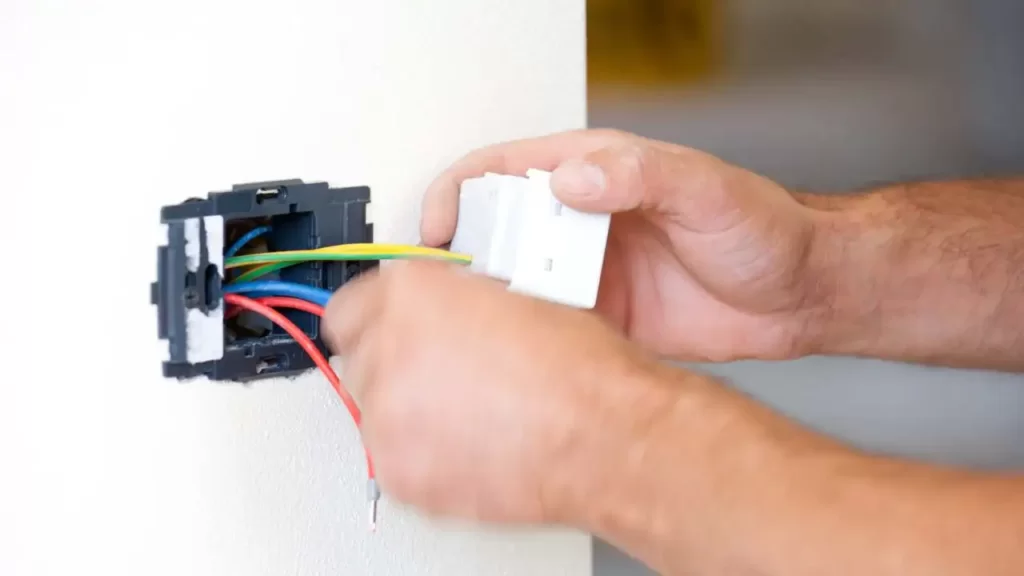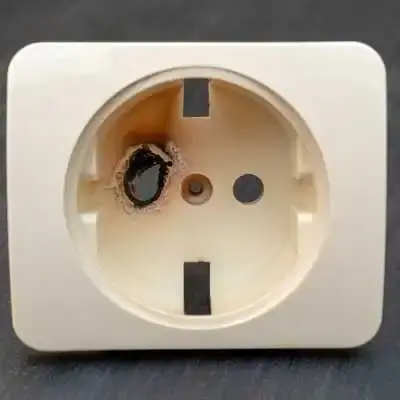A multimeter is a go-to tool for testing electric outlets, but it’s not always available. Knowing how to test an outlet without a multimeter can save time and money and be a lifesaver. In this blog post, we’ll discuss DIY methods about how to test an outlet without a multimeter.
What To Check If Outlet Has No Power?
If you’re experiencing an outlet with no power, there are several possible causes. The most common cause is a tripped circuit breaker or a blown fuse. In some cases, a circuit breaker may become tripped due to too many devices being plugged into the same outlet. To check if this is the issue, locate and reset your home’s circuit breakers or fuses. If you want to check it with a multimeter but don’t have one, then you can click here.

Steps You Should Follow
If resetting the breaker does not resolve the issue, it’s time to troubleshoot further.
Check Notices
First, make sure that power has not been disconnected for another reason (e.g., construction projects) in your area or at your home that could have caused a disruption of power to that particular outlet. I make a list of the Best budget multimeters.
Visible damages
If this isn’t likely, then move on to checking for signs of any visible damage, such as frayed wires near the receiver or broken plugs in any other outlets nearby, which can create an interruption in voltage flow through these areas and cause them all to lose their current supply until appropriately fixed.

Heat Inspection
Going beyond just visual identification of problems can take a bit more inspection as well. Firstly, feel around if there is any heat coming from either side of the plug where it’s connected.
Secondly, try and obliterate one side by unscrewing it off gently with pliers.
There might be some oxidization which was preventing contact being made between surfaces (this can be cleaned up using sandpaper).
Once removed, check if anything looks out of order, like exposed metal parts making contact when they shouldn’t be doing so (which would indicate something shorted inside).
Finally, none of these things worked. In that case, you should consider having an electrician investigate further.
How To Test An Outlet Without A Multimeter Step by Step Guide
Step 1: Test with a Lamp or Appliance
A quick and easy way to test an outlet is with a lamp or appliance that you know works. Plug the lamp into the outlet and turn it on. If the lamp lights up, then the outlet is functional.
However, this method doesn’t tell you whether the ground wire is functioning correctly. It also doesn’t mean you if there’s an open neutral connection in the hot wire. To get more information about your outlet, continue to the next step.
Step 2: Check Continuity with a Battery-Powered Tester
If you don’t have access to a multimeter but do have access to a battery-powered tester, you can use it to check for continuity in your outlet wires.
First, remove all devices from the wallplate and turn off the power at the breaker box. Then connect one lead of your battery tester to each terminal screw in turn – hot, neutral, and ground.
You should see the light when connected between hot/neutral/ground and ground/neutral in both directions if there are no breaks in continuity.
If no light appears between any combination of terminals, there is likely an issue that needs further investigation by a qualified electrician.
Step 3: Test Voltage with an Outlet Tester
Outlet testers are readily available at most home improvement stores. They look like three-prong plugs with tiny lights that indicate whether or not voltage is present at each plug’s prong when inserted into an outlet. Depending on which type of tester you have, different colored lights will appear when voltage is current at either prong: red for hot leads (120 volts), green for neutral leads (0 volts), and blue for ground leads (60 volts). Suppose none of these colors appear when plugged in. In that case, there may be an issue, such as missing ground wiring or open connections, that needs further investigation by an electrician before using the outlet safely.
Bottom Line:
At last, how to test an outlet without a multimeter? Testing outlets without access to a multimeter can be done quickly enough with some essential tools and knowledge of electrical safety protocols, like shutting off power before handling exposed wires or terminals.
Be sure to consult qualified professionals if you encounter any issues during testing so that potential risks can be addressed appropriately before using any outlets that may pose a danger due to faulty wiring or construction defects. With proper care and caution taken during testing, it’s possible to accurately determine whether or not an outlet is safe for use without having access to specialized tools like multimeters!
